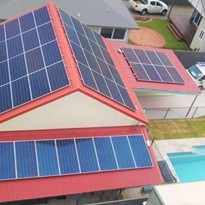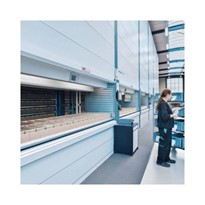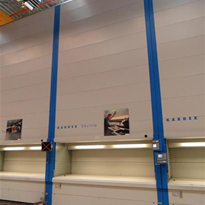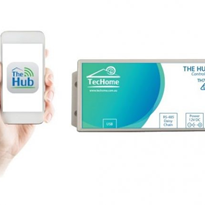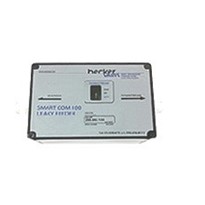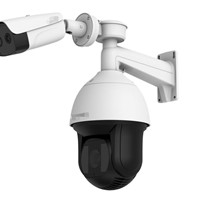With more changes ahead in the fourth industrial revolution, the time is now for transforming into smart warehouses – where all inventory processes are interconnected, with the use of automation, to streamline operations for greater efficiency.
This upheaval is parallel with growing customer expectations of faster deliveries and better service. Businesses who invest in smart logistics now can capitalise on this expanding market. Customers expect their orders faster than ever and will quickly move onto another source if they’re unhappy with the delivery time.
The on-demand economy
A recent survey shows the three main areas of improvement include warehouse design and construction, automation and smart devices, and energy efficient solutions. A smart warehouse can explain anything from basic programs to manage inventory data through to advanced robots and mechanised shelving. It also includes data visibility, radio frequency identification, artificial intelligence, automated guided picking tools and vehicles, sensors and internet of things implementation, and automated inventory control platforms.
Every warehouse will have its own requirements and you can transform one system at a time. By adding smart warehouse technologies, you can improve productivity, reduce operational costs, increase customer satisfaction, and strengthen your brand’s position in the market.
With the rising cost of real estate, it’s important for businesses to adopt intelligent systems to maximise warehouse space. An ecommerce warehouse might store tens of thousands of products on shelving units, with autonomous mobile robots picking up products and delivering them to a person (or technology system) to pack into a box.
Warehousing 4.0
This is the era of the smart warehouse. It seems every industry is going through an online ordering boom. Take grocery shopping, for example. Coles and Woolworths are investing in smart warehousing and distribution systems to keep up with hungry demand. Woolworths has partnered with Uber to promise one-hour delivery from various metro stores in Sydney and Melbourne.
Autonomous picking robots, end-to-end software and vertical racking are a few of the new technologies that have been implemented in the customer fulfillment centres to achieve this. We’re also going to see more micro-fulfillment, which describes the smaller, well-located warehouses (where location is more important than size). Intelligent space design is part of this strategy.
This will see the end of the traditional warehouse. But it’s an exciting time for ecommerce stores and businesses requiring storage of products, who welcome the next iteration of the warehouse.
As with every new revolution, it’s important to partner with experts who can lead you confidently, with a clear focus on your future business goals. This is where we come in.
Become a smart warehouse. Start with your shelving.
Your storage is a key part of achieving a smart warehouse or factory system. Cantilever and pallet racking, and conveyor systems help improve daily warehouse operations (and sets the space up correctly to add technologies in the future).
The best place to start mapping out your smart warehouse is to sit down with logistic experts. Our designers, engineers and technical specialists help Australian businesses optimise warehouses through intelligent shelving systems. By optimising your floorspace, you’ll be ready to implement automation technologies.



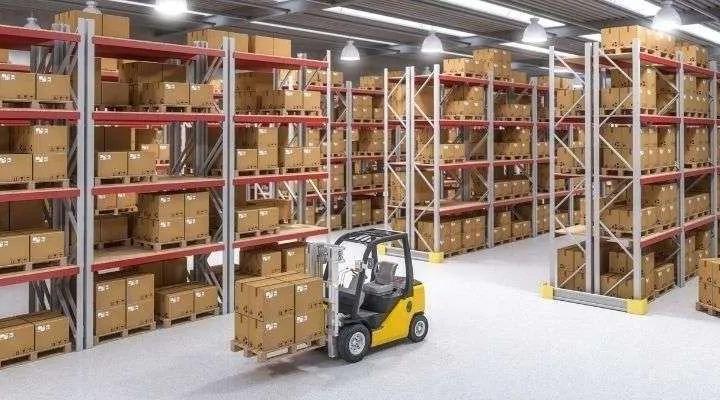
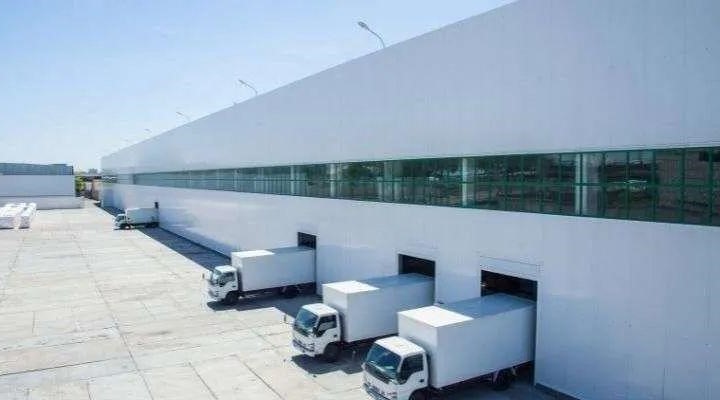



-160x160-state_article-rel-cat.png)


-160x160-state_article-rel-cat.png)

